Chapter 2, Part 8
As Demak rose to prominence and became independent from Majapahit, another sultanate began to flourish on the northwestern coast of Java. Previously under the sphere of influence of the Hindu Galuh kingdom, the Sultanate of Cirebon became effectively independent under the rule of Sunan Gunungjati, one of the nine Muslim saints (Wali Songo) famous for disseminating Islamic teaching in Java by incorporating local customs.
Initially known as Grage (a contraction from Negara Gede – Great Country), then Caruban (a place where different peoples mix – a melting pot), in the 16th century Cirebon grew as an important trading port and the sultanate was considered a center of Islamic teaching in Java. Similar with the introduction of Islam to the Javanese society through the acculturation of Islamic values with Hindu-influenced traditions, the Sultanate of Cirebon heavily borrowed the cultural aspects of Hinduism and incorporated them in many forms, from the architecture of the royal palace to the rituals practiced by the people.
One would be forgiven to think that the main keraton (royal palace) of Cirebon is a Hindu compound for its architectural and decorative elements are distinctively Hindu. But there is one major difference: the carvings of gods and characters from Mahabharata or Ramayana – two of the most well-known Hindu epics – are absent. Such assimilation allowed Islam to be embraced by most people across Java in a relatively peaceful manner.
A Candi Bentar – split gate found in Javanese and Balinese Hindu temples – marks the entrance to Siti Inggil, an enclosure filled with roofed pavilions decorated with fine and intricate wood carvings. Each pavilion serves a specific purpose, from the sultan’s audience hall to pavilions for his entourage, and at the far back of the enclosure a linggam and yoni – symbolizing the Hindu god Shiva – sits under a tree, a reminder of the time when Islam in Java absorbed many Hindu cultural symbolism.
Down the path from the enclosure was the current seat of Keraton Kasepuhan, the palace of one of four royal houses of Cirebon which emerged in the 17th century following the split of the sultanate. As the oldest of the four (the others are Kanoman, Kacirebonan and Keprabonan), Kasepuhan – House of the Elders – still holds the most prominent position in the local society, albeit limited to ceremonial functions as all but one of Indonesia’s sultanates and local kingdoms were stripped of political power following the foundation of the republic in 1945.
Today many people in Cirebon not only still hold onto Islamic values, but also practice centuries-old traditions which often involve veneration of artifacts considered sacred. Stories about an enchanted well where one can gain or lose power, a white crocodile which comes and goes like a ghost, a keris (Javanese dagger) which magically appears from inside a tree, certain parts of the palace which were built by supernatural creatures, and places within the palace compound where holy water from Mecca spouts, are very much alive and believed by a large proportion of society. Reality and superstition walk hand in hand and are only separated by a blurred, thin line. Cirebon is after all not only a caruban (melting pot) of different peoples, but also of different faiths intertwined to form a cultural identity that is unique to the city.
Click here for the full list of stories from the Spice Odyssey series.
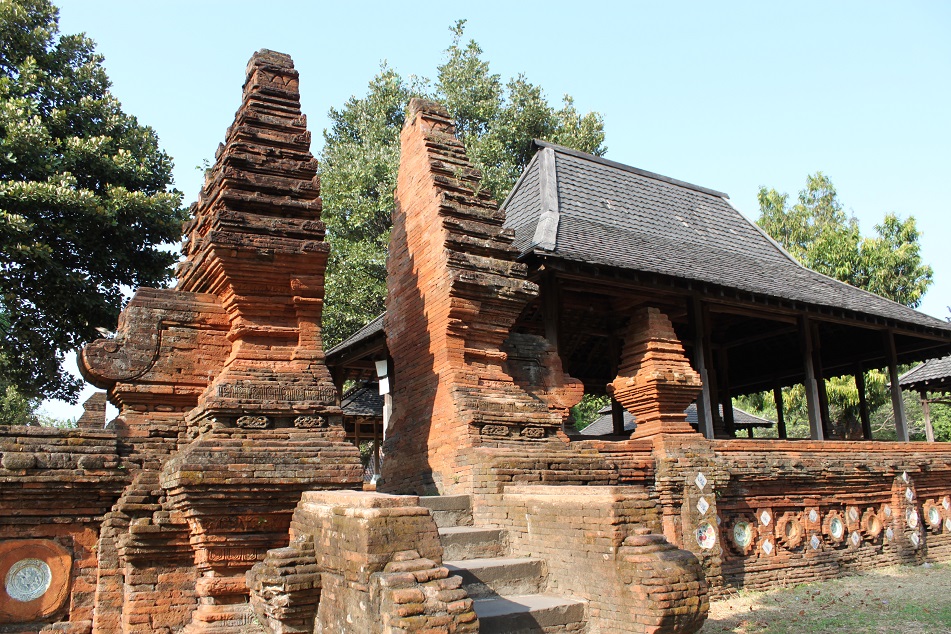
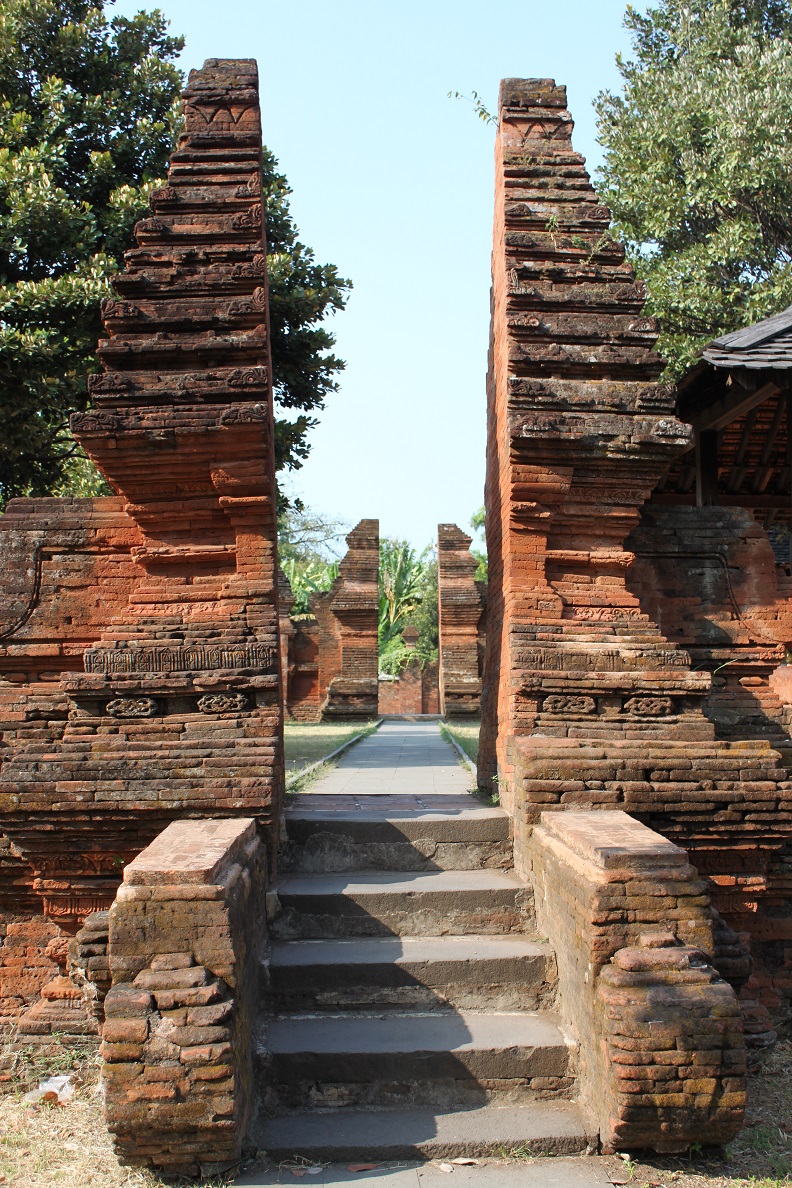








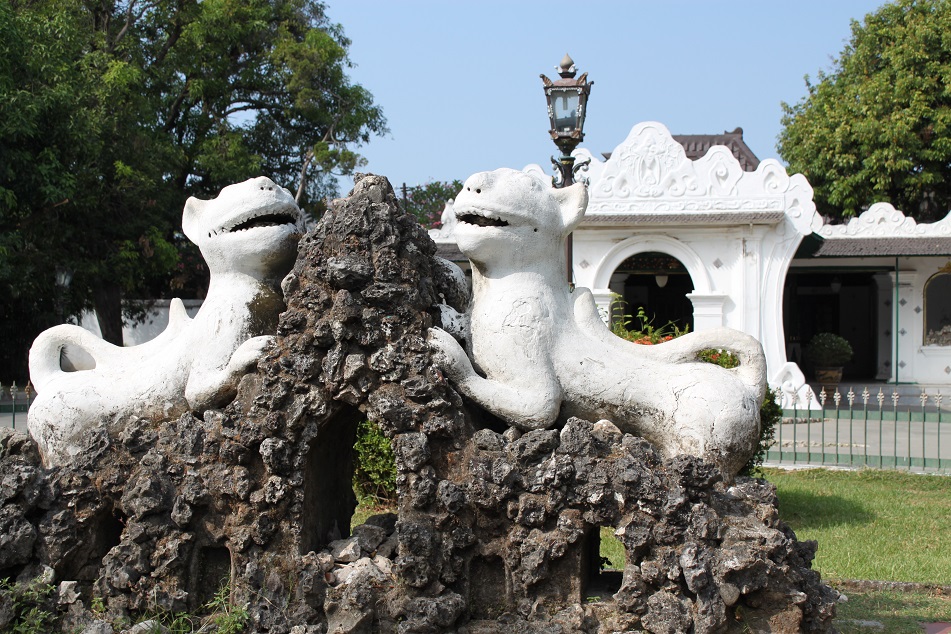

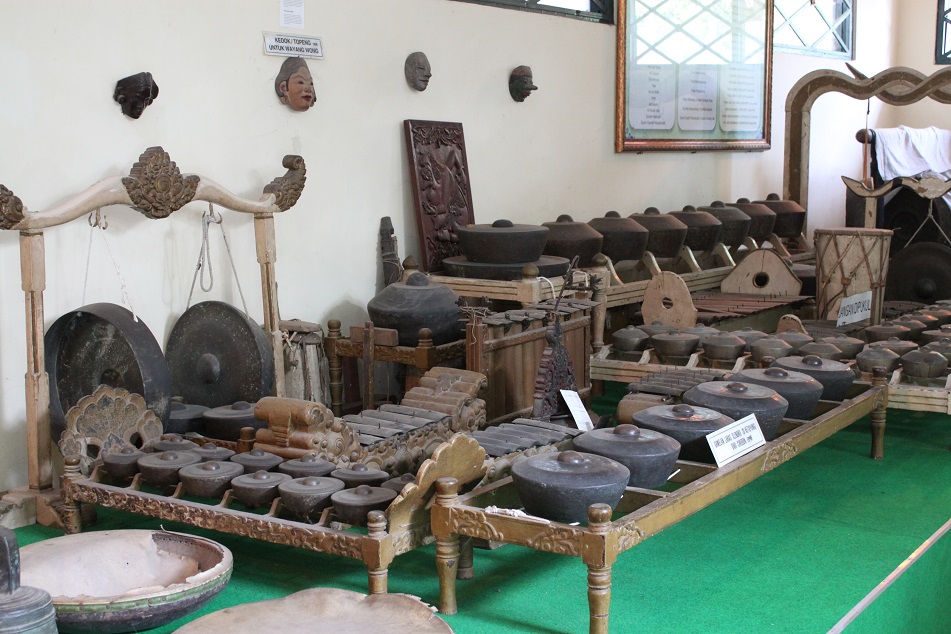






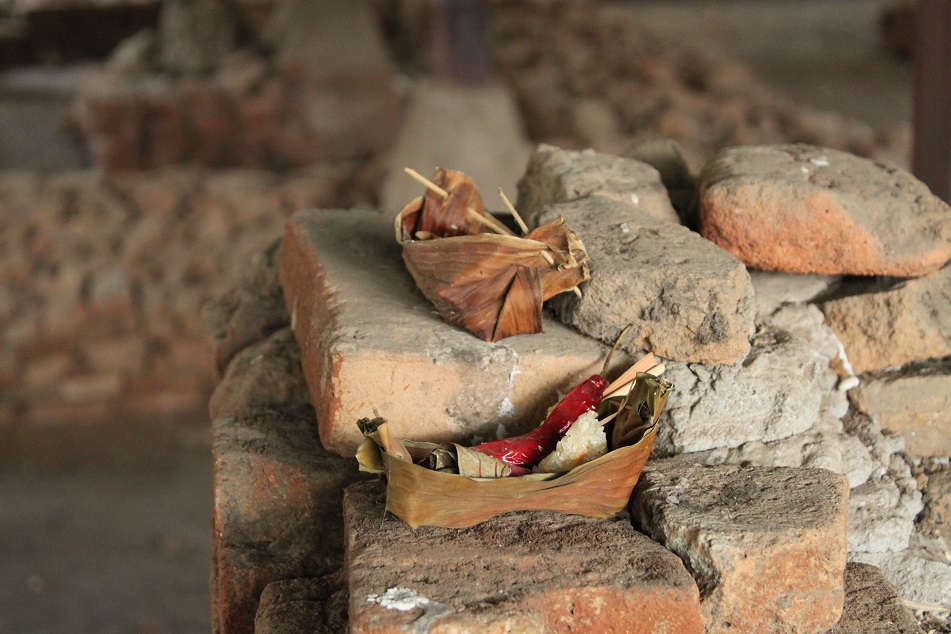
Oh, I love the two last photos! I’m a big fan of roots taking over – it usually looks quite magical 🙂
LikeLike
You would love Cambodia and Myanmar then. Some of the temples I went to in both countries were partially covered with roots — usually of fig trees.
LikeLiked by 1 person
Fig trees are unbelievable! I’ve seen one in Australia and it’s been overwhelming! Go to my blog and put “fig tree” in the search field (Suche), and you’ll see it. It’s been pretty amazing!
LikeLike
Cathedral fig tree! It’s amazing that they can grow that huge and tall.
LikeLike
I know right! It was absolutely amazing to walk around it. I felt so tiny and insignificant. Things like that make me realise what a wonderful place this world is to discover.
LikeLike
Sometimes when we travel we feel that we live in such a small world. But there are moments when we feel insignificant, for instance amid those giant fig trees. Don’t you think?
LikeLike
Usually when I travel I feel like the world is such a big place and how could I stay in the same place for so long? And then there are these miracles like the fig tree and I’m just in awe.
LikeLiked by 1 person
Beautiful!
LikeLike
Thank you, Elisabeth.
LikeLiked by 1 person
I love all the detail you managed to catch in your photos!
LikeLike
Glad you liked them, Emily. Thanks for dropping by!
LikeLiked by 1 person
Beberapa bulan lalu kesampaian mlipir Cirebon dan beneran terpesona oleh arsitektur tiga keraton di sana. Perpaduan budaya membuat Cirebon tampak lebih keren dari Mataram Islam hehe. Bahkan tata kota dan susunan bangunan Kasepuhan kelak ditiru keraton Pajang, Kartasura, Surakarta, Yogyakarta. 🙂
LikeLike
Duh saya malah belum pernah ke keraton yang lainnya nih, baru Kasepuhan aja. Wah thanks infonya ya Halim. Baru tau ternyata arsitektur Keraton Kasepuhan menjadi contoh buat keraton-keraton lainnya.
LikeLiked by 1 person
That royal chariot is quite a piece of art! Great post, Bama! 🙂
LikeLike
It is, Kelly! It is said that the creator was inspired by a Chinese dragon, an Indian elephant, and a buraq (a celestial creature in Islam). Hence the eclectic appearance. Thanks for reading!
LikeLike
What a treasure trove of antiquities you have in Indonesia! I love the photo of the roots taking over, too – it’s kind of sad if you actually think about what’s happening, but it’s a very cool photo!
LikeLike
As an enthusiast of anything ancient, Java is the right place for me to live. 🙂 However, even on Java, there are still so many ancient places I have yet to explore. About the roots, that was exactly what I thought when I went to Cambodia. Ta Prohm was such a beautiful and enchanting temple, thanks to its giant roofs. But no one wants to see those roots go too far and damage the entire structure completely. Thanks Lex!
LikeLiked by 1 person
There is something about this type of architecture that seems so incredibly resilient. So stately and yet earthy.
LikeLike
Maybe because of the material used to build such structure, in this case red brick. Other temples which were constructed with volcanic rocks also give the same feeling. Modern glass buildings are often too stately that people feel disconnected with them.
LikeLike
Mas Bama 😉
Dulu kakak saya pernah tinggal di Cirebon, tetapi itupun tidak membuat saya mendatangi kraton-kraton yang ada di Cirebon (dan sampai sekarang pun belum, padahal ada Cipali ya dan kereta express, tapi selalu ada aja yang membuat ga pernah kesampaian), jadi kayaknya, setelah baca post ini jadi kudu nih… soalnya, pas liat ada tumbuhan di atas bata-bata itu, saya terpikir iseng… ah Mas Bama ambil foto dari Ta Prohm niii hahahaha padahal itu di Cirebon yaaa…
*tapibenerandicirebonkah? 😀 😀 😀
LikeLike
Duh Mbak Riyanti nih jadi ikut-ikutan manggil mas.. 😀
Cirebon itu gampaaaang banget aksesnya dari Jakarta, tapi saya sendiri baru awal tahun 2013 sih kesampaian pergi ke sana. Makanannya mbak.. enak-enak semua! Iya itu Ta Prohm label Cirebon. :p
Saya itu pengen banget ke kraton lainnya di Cirebon, sama ke Gua Sunyaragi. Menjelajahi area di Cirebon yang banyak bangunan tuanya juga asyik lho mbak. Lumayan banyak yang masih terawat.
LikeLiked by 1 person
Sudah beberapa kali ke Cirebon tapi belum menyempatkan pergi keratonnya hehe
LikeLike
Wah harus disempatkan tuh. Fisik bangunannya gak besar sih, tapi tetep menarik sih menurut saya.
LikeLike
Stunning shots with beautiful explanation..
LikeLike
Much appreciated, Arun. I’m glad you enjoyed this post.
LikeLike
Another glimpse of history through great photography and journalism Bama ~ and what impresses me so much about Cirebon, besides your photos, is how there was an implicit yet intentional effort to bring people together ~ part of me sees the brilliance of the politics as you describe by “two of the most well-known Hindu epics – are absent. Such assimilation allowed Islam to be embraced by most people across Java in a relatively peaceful manner.” It was politics in its purest form, but with the overall benefit of truly bringing people together.
LikeLike
Probably it was diplomacy at its finest. Politics can be divisive, and nasty as we’ve been witnessing today. But when it’s done right, it can bring people together. Moderation and compromise are what we all need for a more peaceful world. Thanks for your kind words, Randall.
LikeLike
A lovely post, Bama. I was really impressed by how people in Cirebon continue to maintain their city’s historic role as a cultural melting pot. Exploring Kasepuhan Palace was a fascinating experience and I felt so warmly received by our guide Mas Anto. If only we had an extra day there, we’d probably get to visit the two other palaces as Halim mentioned in his comment!
LikeLike
Thanks again, James. Mas Anto probably didn’t expect the four of us to ask so many questions and to be so interested in the history and culture of the kraton. 🙂 I would love to visit the other palaces, and of course, sample more local dishes!
LikeLike
Cirebon! Kampung halamankuu!
LikeLike
Oh Kak Indri tuh orang Cirebon??? Baru tau.. 😀 Kangen sama empal gentong yang di sana (lupa nama restorannya).
LikeLike
empal gentong mang darma di krucuk?
LikeLike
Nah itu dia, namanya lupa. 😦 Dulu ke sana pas lagi ada acara kantor, jadi ngikut-ngikut aja dibawa makan kemana.
LikeLike
Spread of Islam in Indonesia seems to be through peaceful ways compared to rest of the world. Cirebon reminds me of Cheraman Juma Mosque in Kerala, the first mosque in India
LikeLike
Indeed. However the dissemination of radical thoughts through the Internet now poses a very serious threat to the unique character of Islam in Indonesia. When my friend and I were in Fort Kochi, the owner of our guesthouse told us about that mosque. Unfortunately we didn’t have enough time to explore that part of Kerala. Hopefully next time!
LikeLiked by 1 person
Pingback: Architectural Gems of Old Cirebon | What an Amazing World!